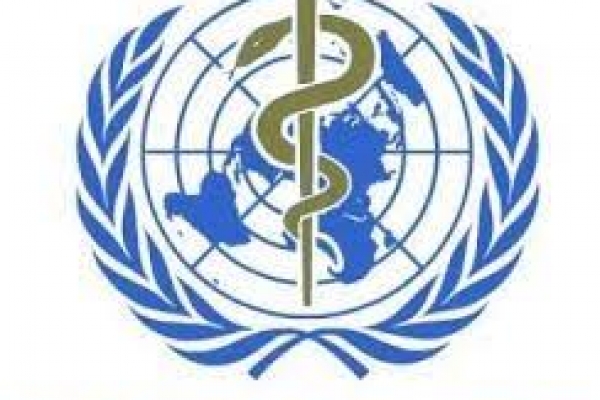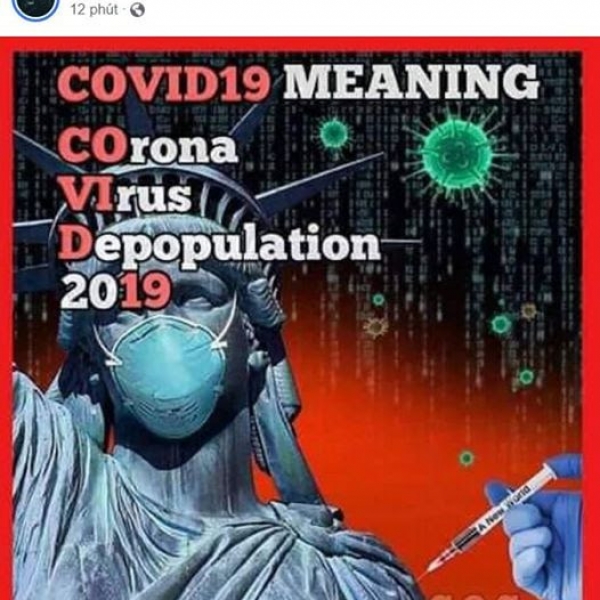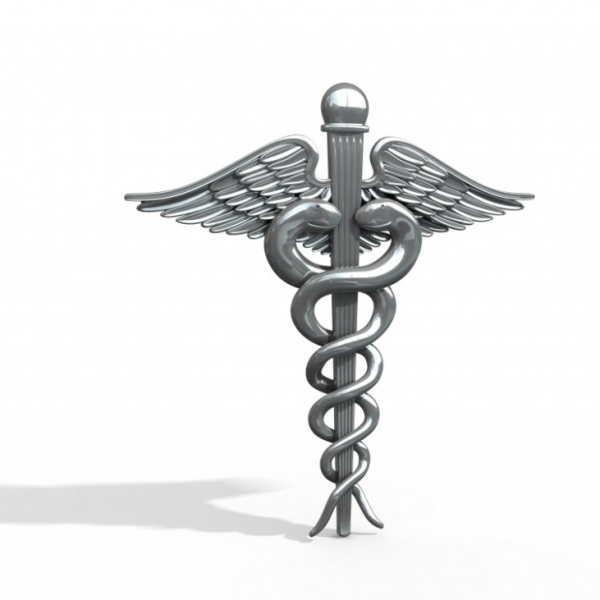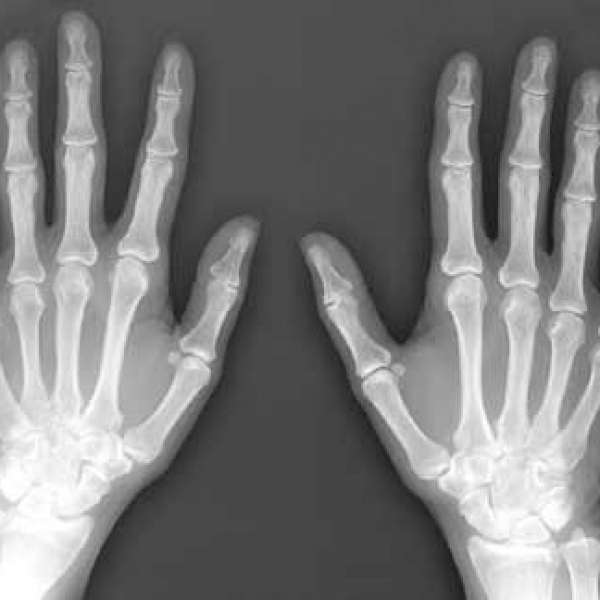Contact Admission
Unexpected findings from the lungs of patients with COVID-19
The pulmonary blood vessels have played an important role in the infection of the SARS-CoV-2 virus. This important research will contribute to the development of the treatment drug COVID-19.
The number of small blood clots in the alveolar capillaries of COVID-19 patients is 9 times more than that of H1N1 flu patients - Photo: NEJM
The medical journal of The New England Journal Medicine (USA) has published the study of pathologists and lung disease in Germany (Wuppertal, Mainz, Hanover), Belgium (Louvain), Switzerland (Bâle) and the US (Harvard Medical University).
Compare the cadaver's lungs
Researchers compared seven lungs taken from corpses of COVID-19-infected patients with 7 lungs of patients who died in 2009 from H1N1 influenza virus pneumonia and 10 healthy lungs that were not infected were used as control sample.
Many advanced techniques have been applied to lung analysis such as immunohistochemistry (combining chemicals with immune responses to find diseased cells in patient tissue), scanning electron microscopy, and network replication. blood vessel.
Observed results show that all the lungs of patients with COVID-19 and H1N1 flu show signs of diffuse alveolar damage, especially necrosis of small cells around the alveoli and fibers. fibrin in the alveolar cavity.
In addition, the CD4 + T-lymphocytes next to the pulmonary blood vessels were also infected in the two groups of patients in greater numbers than in COVID-19.
Lungs of COVID-19 and H1N1 flu patients have diffuse damage in the alveoli - Photo: AFP
The phenomenon of blood vessel formation
Examining the structure of the pulmonary vessels, the researchers found that the network of blood vessels was deformed with capillaries twisted.
In the lungs of a patient with COVID-19, the capillaries have changed dramatically in size.
Especially the researchers found that many new blood vessels formed. This phenomenon is called angiogenesis.
Usually angiogenesis occurs when endothelial cells proliferate from the ends and walls of existing blood vessels and then migrate and assemble into tubular structures connecting to neighboring vessels.
But in the lungs of COVID-19 patients, the researchers found that the angiogenesis phenomenon formed in the second pattern. It is angiogenesis by rearranging the existing blood vessel structure.
The researchers found a significantly increased level of blood vessel formation consistent with the length of hospital stay in patients with COVID-19.
In contrast, in the lungs of patients with H1N1 flu, angiogenesis occurs with a negligible degree and does not increase with time of hospital stay.
Lymphocytes of patients died due to infection with COVID-19 - Photo: NEJM
Endothelial cell damage
Another observation is that in patients infected with COVID-19, the cells lining the endothelium of blood vessels and in direct contact with the blood are severely damaged.
The researchers observed that in the group of patients with COVID-19 there were more cells carrying the ACE2 receptor on the surface (acting as the gateway to entry of the SARS-CoV-2 virus) than in the flu patients. H1N1.
Likewise, the endothelial cells in the COVID-19 patient are no longer bound together by junctions.
They increase in mass and lose contact with the substrate to which they are normally attached.
In addition, the researchers observed the SARS-CoV-2 virus inside the lung endothelial cells as well as in the extracellular space.
This observation result coincides with the study of Swiss scientists published in late April 2020.
Research shows that the virus is present in endothelial cells in the kidneys and small intestine.
Thus, the damaged lung endothelial cells can result from the direct impact from the SARS-CoV-2 virus and inflammatory cells in the blood vessels.
This finding demonstrates the central role of endothelial cells in COVID-19 disease.
Endothelial cells damaged with SARS-CoV-2 virus present on the cell membrane (arrow) - Photo: NEJM
Blood clots in the alveolar capillaries
In the lungs of two groups of patients COVID-19 and patients with H1N1 influenza had small blood clots in the pulmonary artery (1-2 mm in diameter) but did not completely block the blood vessel.
The researchers observed that the number of small blood clots in the alveolar capillaries of COVID19 patients was 9 times higher than in patients with H1N1 flu.
Small blood clots are also found in the posterior capillary daughter veins less than 1mm in diameter.
Finally, the researchers analyzed 323 genes involved in angiogenesis. Results showed that only 69 genes were expressed in the lung tissue of patients with COVID-19.
The above-mentioned work emphasizes the importance of autopsy to accurately describe and analyze more deeply about lesions related to COVID-19.
Research has clarified the inflammatory damage of lung endothelial cells and the role these cells play in blood clot formation and new blood vessel formation.
Research involving endothelial cells may promote the development of the COVID-19 treatment strategy.
Source: www.tuoitre.vn
Other news
- May 19 morning: Vietnam has 31 new COVID-19 cases, the Ministry of Health consults with a 'record' of 20 severe cases ( 08:51 - 19/05/2021 )
- May 06, an additional 8 cases COVID-19 at the Tropical Disease Hospital Central ( 10:10 - 06/05/2021 )
- This morning 5-5, Vietnam has no new cases of COVID-19, more than 602,000 more globally ( 14:29 - 05/05/2021 )
- On the morning of May 3, Vietnam did not record a new case of Covid-19 infection ( 07:56 - 03/05/2021 )
- UPDATE KNOWLEDGE ON HOW VACCINE COVID-19 WORKS ( 10:28 - 20/03/2021 )
- On the morning of March 1, no cases of COVID-19, 210 patients undergoing treatment were negative ( 08:28 - 01/03/2021 )
- On the morning of February 25, there was no new case, a patient with very severe COVID-19 ( 08:35 - 25/02/2021 )
- How to wear a Mask properly ( 09:01 - 22/02/2021 )
- 39 provinces and cities let students stop going to school ( 09:47 - 17/02/2021 )
- COVID-19 'brutally exposes' the technological gap ( 15:29 - 30/01/2021 )








